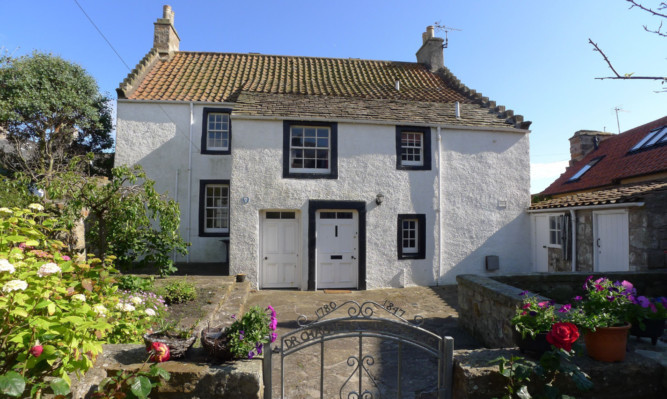The Anstruther birthplace of one of Scotland’s leading churchmen has gone on the market.
Tucked away in the picturesque East Neuk of Fife, the former home of Free Church founder Thomas Chalmers is selling for offers over £295,000.
Whoever snaps up the 16th Century four-bedroom home will be the owner of an important piece of Scottish history.
The Rev David Robertson, moderator of the Free Church of Scotland, said: “Thomas Chalmers is one of Scotland’s great unsung heroes, without whom modern Scotland would be very different.
“Not only did he lead the Disruption of 1843, which established the Free Church, but he was responsible for the development of social work, urban renewal, church planting, education and many other areas.”
Former moderator the Rev Dr Iain D Campbell said: “His significance on the Scottish scene is much wider than an ecclesiastical affiliation.
“Chalmers poured his considerable gifts and intellectual talents into making the church accessible to rich and poor alike. He was born in relative obscurity in Anstruther but died as one of the most influential figures in mid-19th Century Scotland.”
A gifted child, Chalmers went to St Andrews University aged just 12, began training for the ministry at 15 and was licensed to preach at 19. He went on to be a professor of moral philosophy at St Andrews and held the chair of theology at Edinburgh University.
During the Disruption of 1843 he led one third of the Church of Scotland’s ministers in the formation of the Free Church of Scotland, in protest at the state’s involvement in ecclesiastical affairs.
Such was Chalmers’ fame that visitors from all over the world have visited the Anstruther house where he was born on March 17 1780.
He died in May 1847.
